Renderings released for historic Rossmore project
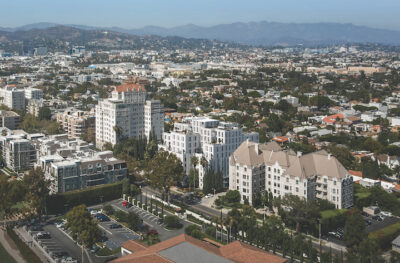
BIRD’S-EYE VIEW shows the reconfigured 410 N. Rossmore Ave. building in relation to its neighbors, the El Royale to the north and Country Club Manor to the south.
The final design and first architectural renderings have been released for the “reconfiguration” of an historic Hancock Park apartment building located on Rossmore Avenue opposite the Wilshire Country Club.
The building, 410 N. Rossmore Ave., will get a new lease on life by way of an extensive restoration project that will see seismic safety upgrades, the addition of at least four floors and new amenities.
Atlanta-based residential developer Domos, which purchased the property last January, worked closely with Lorcan O’Herlihy Architects (LOHA) to finalize design and development concepts for the reconfiguration of the property. Of the design, O’Herlihy said: “Cities grow incrementally. Our 410 Rossmore project represents a new paradigm and contribution for helping to address LA’s housing crises. Not only does it carefully restore a classic ’30s building but creatively weaves additional housing in and above this significant building.”
To learn more, the Chronicle spoke last month with Domos Director of Design and Construction, Richard Loring, about the project.
“I’m really excited,” said Loring about the release of the building’s final design. Adding: “But it has been a long path to get to this point.”
When discussing the design process, Loring noted that he’s had the pleasure to work with LOHA on past projects, and counts Lorcan O’Herlihy as a friend. “But in those projects, we had a lot of freedom. This was the first time we’ve worked together on a project with so many contextual restraints,” he says of the 1930s property.
Referencing the Secretary of the Interior’s guidelines for the treatment of historic properties, Loring explained that Domos was careful in how it approached the new design. “After looking at those standards, it’s really interesting, because a knee-jerk reaction was to just finish the design [the building was originally planned as a 13-story Italianate tower]. But those standards don’t really want developers to do that. The standards call for the historic portion of the building to be recognizable and also discrete when reconfigured with additional floors,” he said.
For inspiration, Loring said that his team looked for precedent: “We looked specifically at NYC and Chicago and the classic high-rise construction on buildings dating back to the beginning of the last century. How did they handle massing? A common theme we found was stepping back the massing. It seemed like what we should be doing.”
Taking this general direction from Domos, LOHA produced about a dozen variations of massing studies before a final design was chosen.
“What I really like about this design is that it is unabashedly modern, but I also think it is incredibly respectful to the existing architecture,” said Loring. He is confident that the design allows for the 90-year-old building to be brought into compliance with current seismic, life safety and accessibility code requirements while respecting the history of Hancock Park.
Once reconfigured, the building will include studio, one-bedroom and co-living apartments that showcase 60 percent traditional and 40 percent co-living units with the ability to house in total 225 residents. In co-living suites, residents have private bedrooms and baths but share kitchen and living room facilities. Also included in the plans are new amenities like a gym, pool and rooftop lounge space.
Since taking ownership of the rent-controlled building, Domos has been in negotiations with residents offering either “cash for keys” buyouts, or the option to return to the building after renovations are complete utilizing the city’s tenant habitability plan, which covers the cost of temporarily relocating to alternate housing. Loring confirmed 40 residents have accepted the buyout offer, while 16 residents plan to return to the building at the same rate that they pay now.
The project is slated to begin the construction phase in June of 2021 and is expected to take approximately 22 months to complete.

RENDERING of Hancock Park project illustrates a design concept to enhance the scale and livability of the 1930s building with contextual architecture.
Category: News

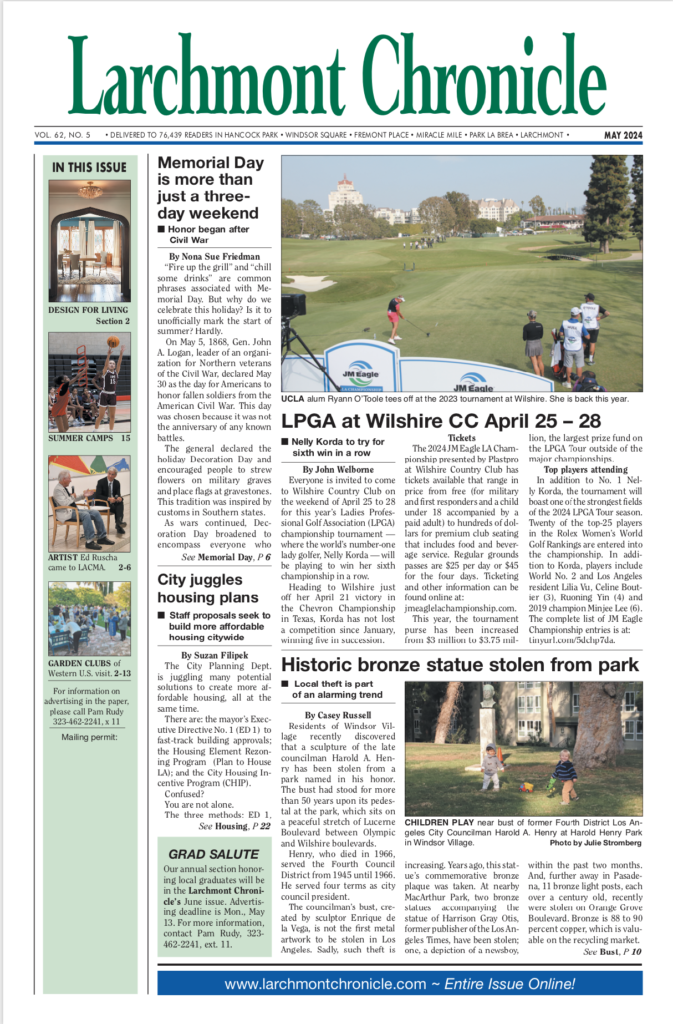
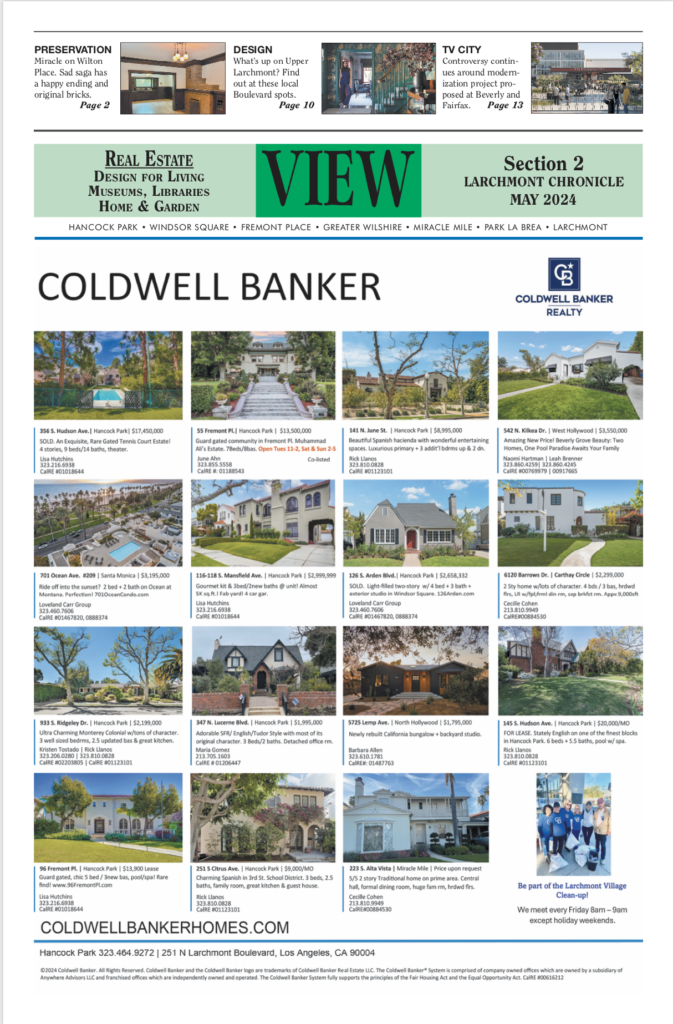
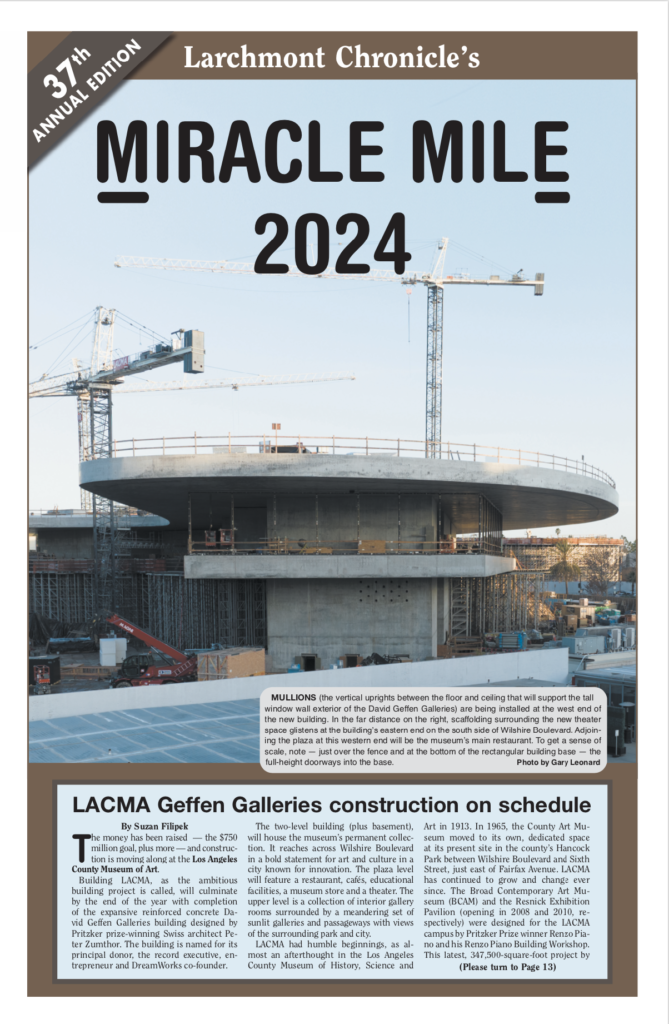
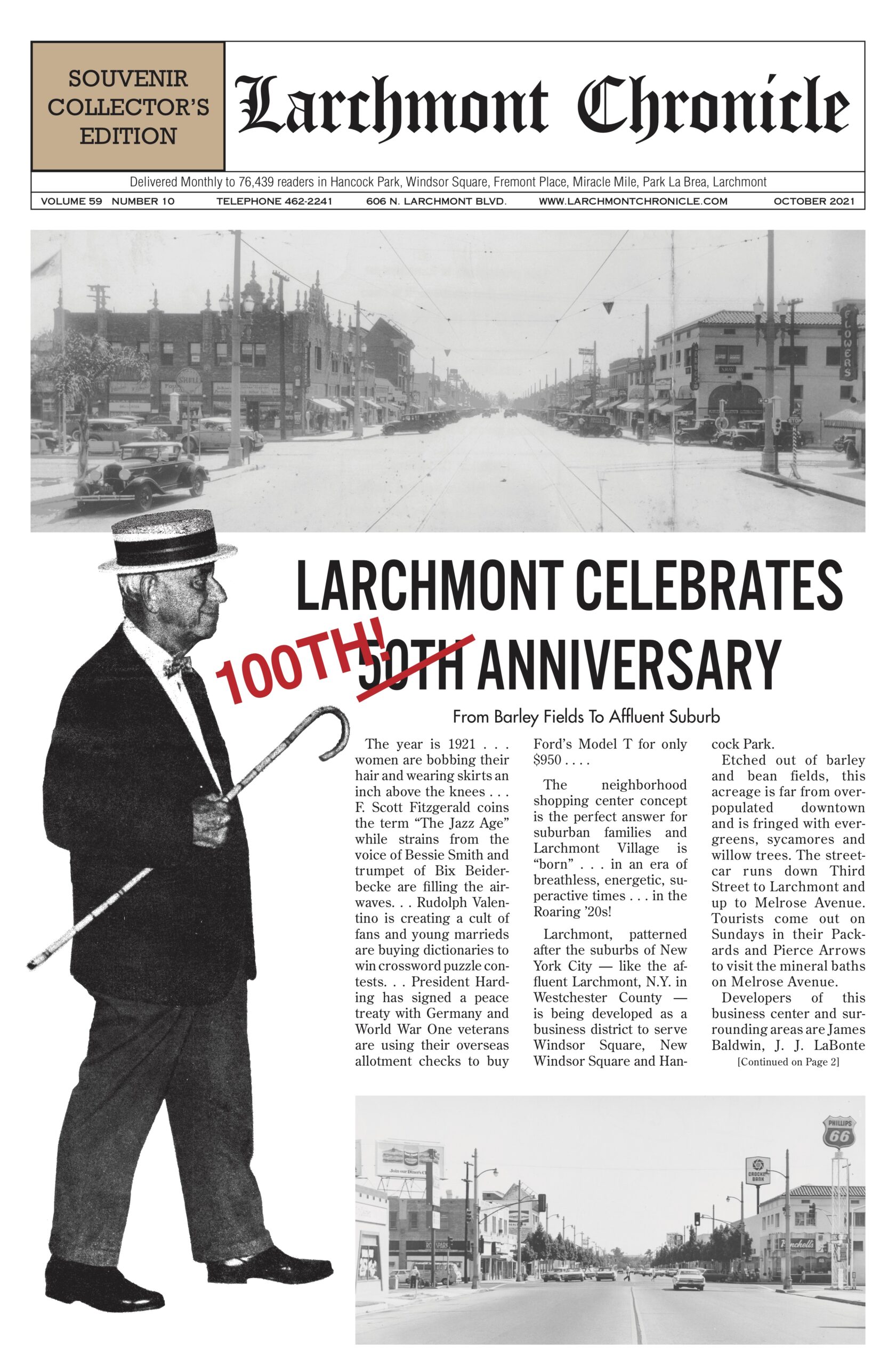
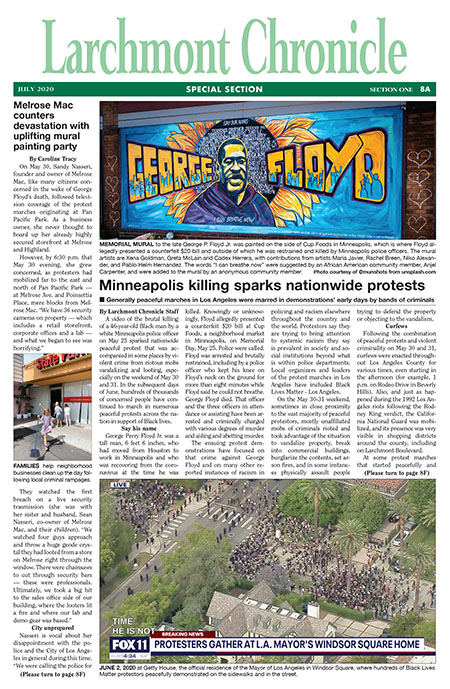
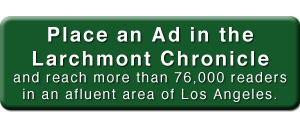
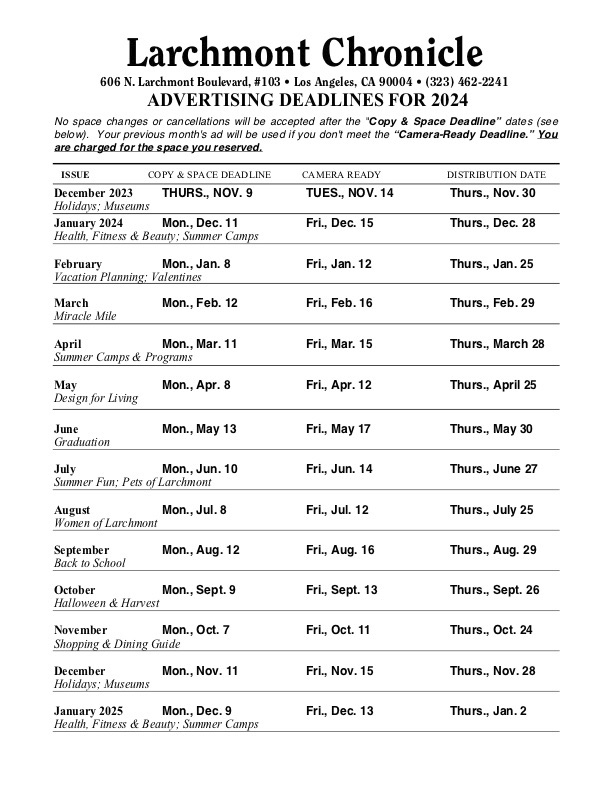
What a disaster for the tenants, the neighborhood, the city and historic preservation. This PR hit job is unworthy of this neighborhood paper. Turning this historic building into a fancy air b n b is a terrible idea. Coliving during the time of covid is an epic disaster. We should all denounce this plan.
Looks great!
Interesting
As a resident of a neighboring building on Rossmore, I do not welcome this proposed architectural abomination that will diminish the quality of live of my fellow residents by additional traffic and parking congestion and destroy the charm and character of the neighborhood.
The past year has been a devastating challenge for everyone and the idea of putting long time renters out of their homes is cruel and heartless, all in the pursuit of grotesquely obscene profits.
I’m not against owners getting decent return on their investment, but when it brings hardship and pain to the vulnerable tenants it is nothing short of sadism. Surely there is a humane way to achieve a mutually beneficial resolution
Compounding the inanity of this project is the notion of “coliving”. Does that mean the building will actually be a high ticket dormitory for young professionals? Are there any successful examples in LA or elsewhere of this form of community living? Are the builders anticipating a new Age of Aquarius?
This project should be nipped in the bud before it pollutes this beautiful neighborhood.